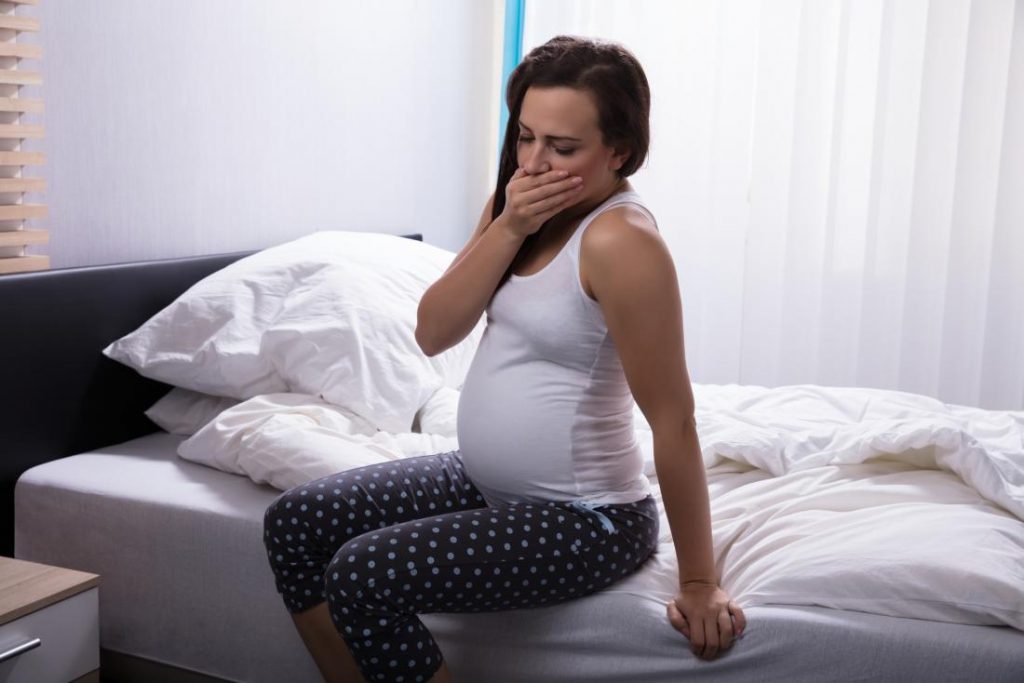Nearly a quarter of maternal deaths in low and middle income countries were among women who had a cesarean delivery, a systematic review and meta-analysis found.
An examination of 196 studies from 67 low and middle income countries found that in 72 studies, 23.8% of maternal deaths (95% CI 21.0-26.7) in low and middle income countries were women who had undergone a cesarean section, reported Shakila Thangaratinam, MD, of Queen Mary University of London, England, and colleagues.
The overall risk of maternal death from cesarean section in these countries was 7.6 per 1,000 procedures (95% CI 6.6-8.6), with the highest burden in sub-Saharan Africa (10.9 per 1,000 procedures, 95% CI 9.5-12.5), the authors wrote in The Lancet.
“To our knowledge, this is the largest and most comprehensive study to-date on the risks of death following caesarean section. The outcomes for women in low and middle-income countries are far worse than we expected,” co-author Soha Sobhy, MD, also of Queen Mary University, said in a statement.
Thangaratinam added that cesarean sections are the most commonly performed operation worldwide, and while they are meant to be life-saving for both the mother and baby, due to factors such as “poor access, late referrals, inappropriate procedures, poor resources, and training, this is not always the case,” she said in a statement.
The researchers conducted a systematic review and meta-analysis on studies on maternal and perinatal outcomes following cesarean sections in low and middle income countries. Overall, 76% of studies involved women from sub-Saharan Africa, and in more than half of the studies, women went to teaching or tertiary hospitals, the authors said.
Moreover, they noted that in about two-thirds of examined low and middle income countries, the country-specific rates of cesarean section were below 10%. The team also found that “when assessing the risk of maternal death following caesarean sections, the population-level rates of caesarean sections in individual countries was inversely correlated.”
The perinatal death rate was 84.7 per 1,000 cesarean sections (95% CI 70.5-100.2, 93 studies), with the highest reported rates in the Middle East and North Africa, the authors wrote. Prevalence of stillbirth of babies born by cesarean section was 56.6 per 1,000 (95% CI 46.1-68.1, 58 studies).
Not surprisingly, the researchers found that women undergoing emergency cesarean sections in low and middle income countries were twice as likely to die as those with elective cesarean sections.
“Emergency caesarean sections, particularly when undertaken in the second stage of labor, is a major risk factor for maternal and perinatal deaths, maternal near miss, and other major complications,” the team wrote. “In women undergoing caesarean sections, the most common indications for the procedure are failure to progress in [labor] and a history of previous caesarean section; postpartum hemorrhage is the main cause of death.”
“Now that we know the risk factors and countries associated with poor outcomes, we can make a more targeted effort to improve conditions for mothers globally, so that timely and safe caesarean sections can be done wherever they are needed,” Thangaratinam said.
Limitations to the data, the researchers said, include differences in the population characteristics, exposure, outcomes, and definitions in individual studies, and that it was not possible to adjust for underlying obstetric and socio-economic factors, as well as indications for cesarean sections.
(Medpage)

